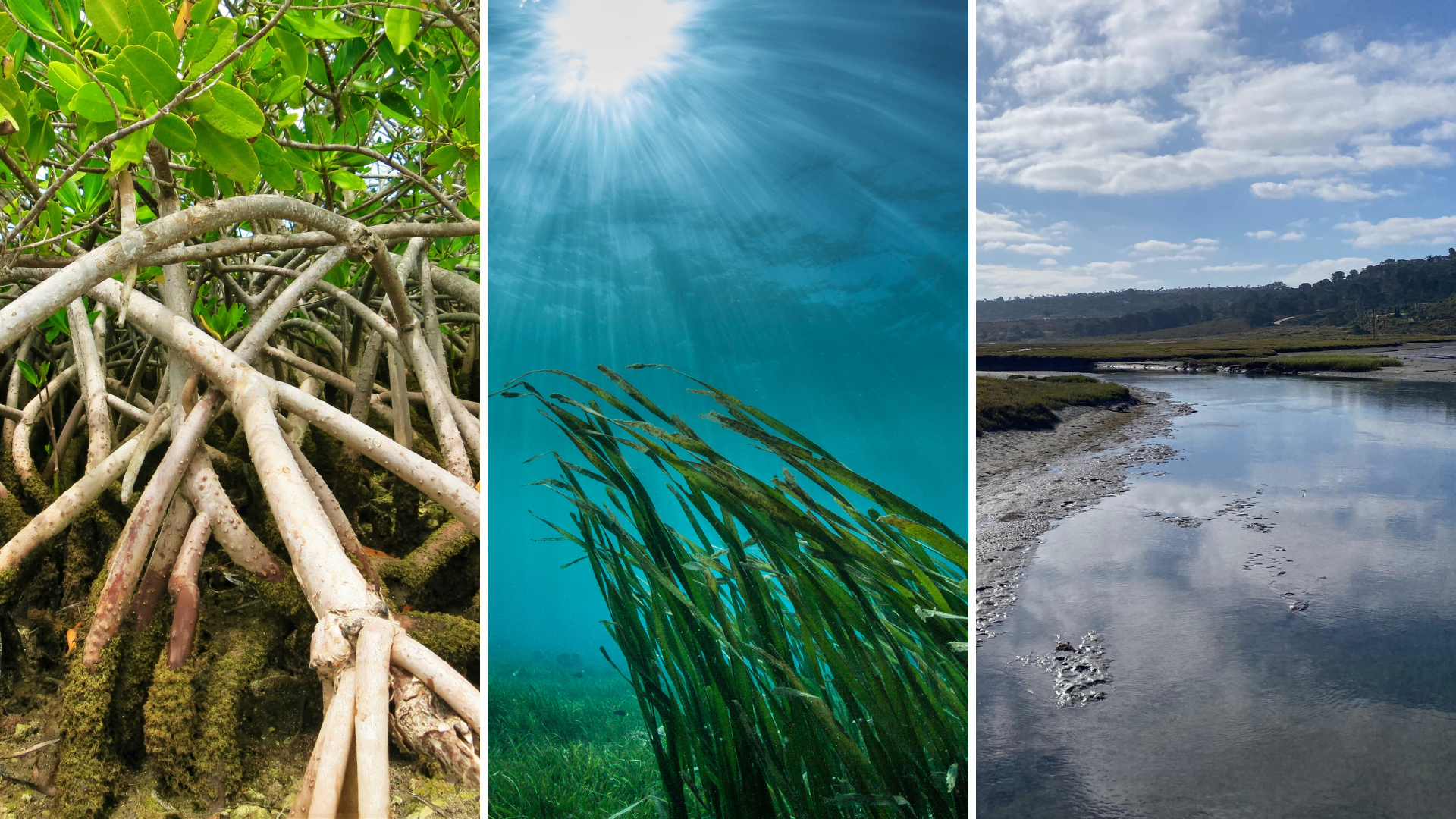WILDCOAST recently founded the Blue Carbon Collaborative: a network of organizations and individuals representing science, technology, and policy with a common goal to identify gaps and standardize practices surrounding blue carbon conservation, research, policy and resources.
For more information on the Blue Carbon Collaborative please contact:
Primary: Angela Kemsley - Angela@wildcoast.org Secondary: Carlos Callado - Carlos@wildcoast.org

